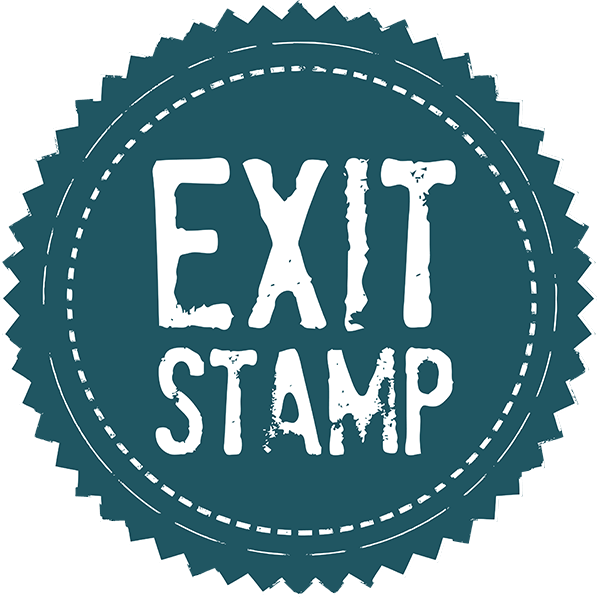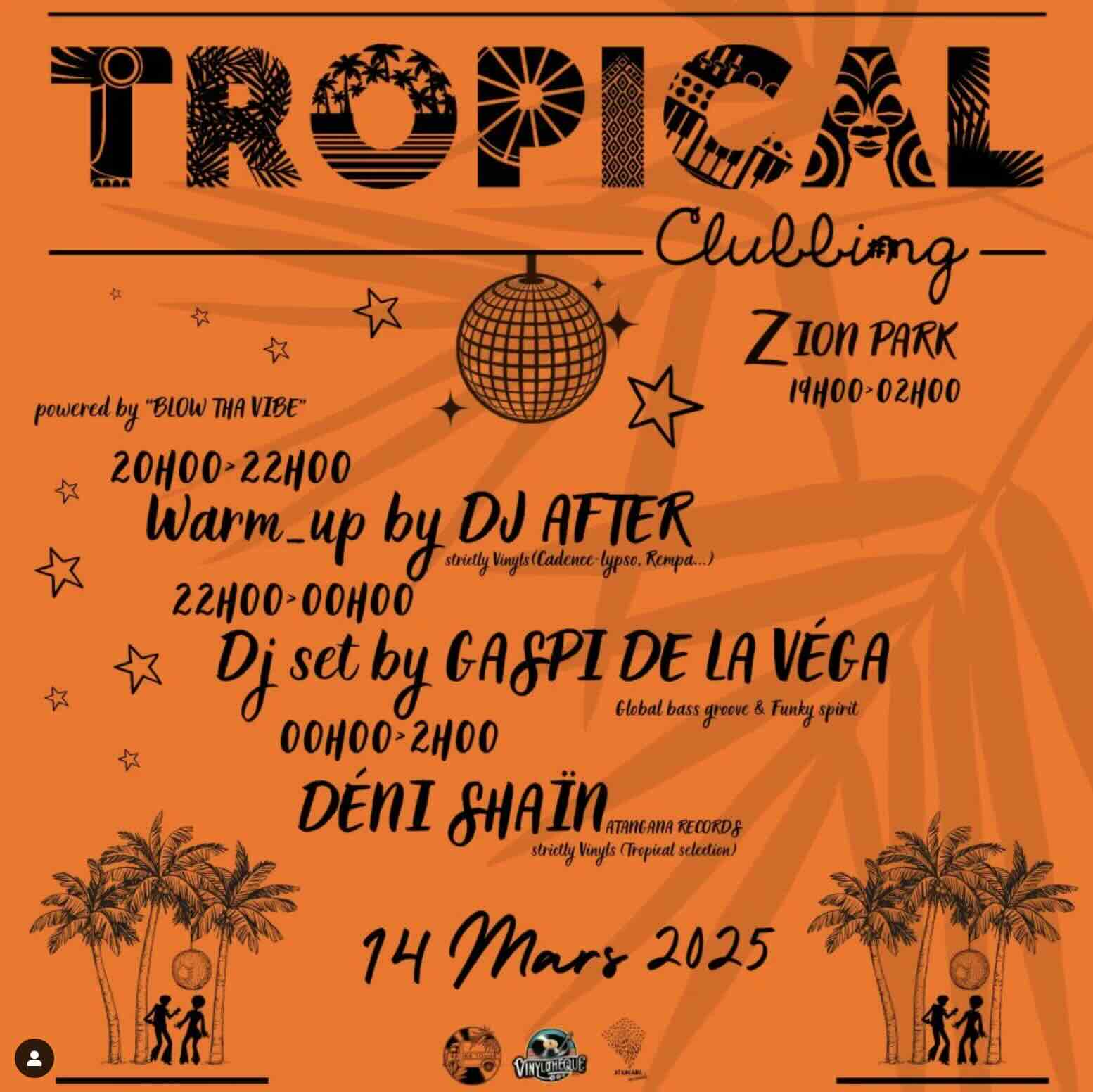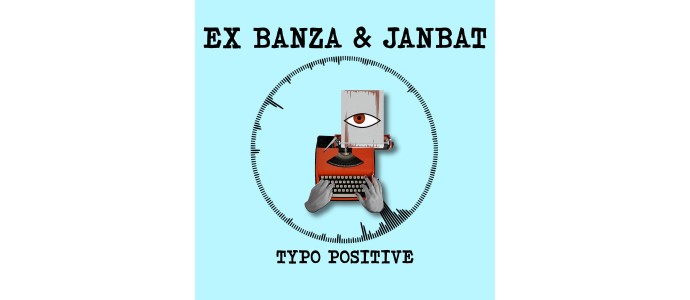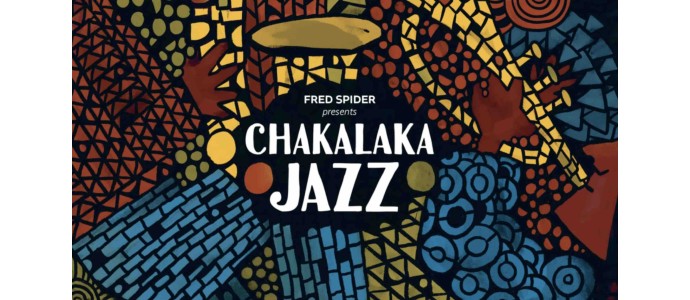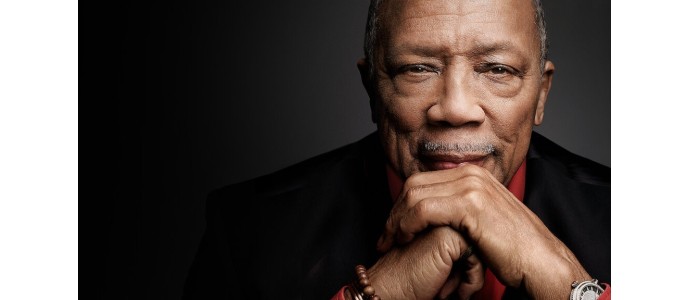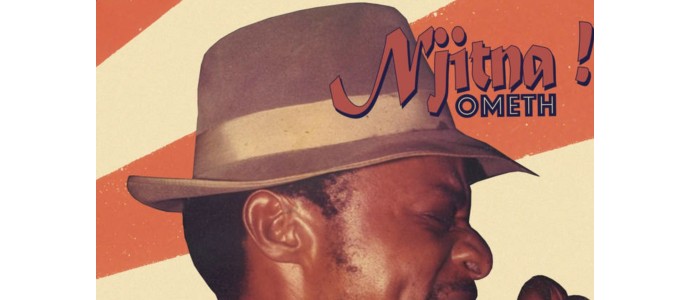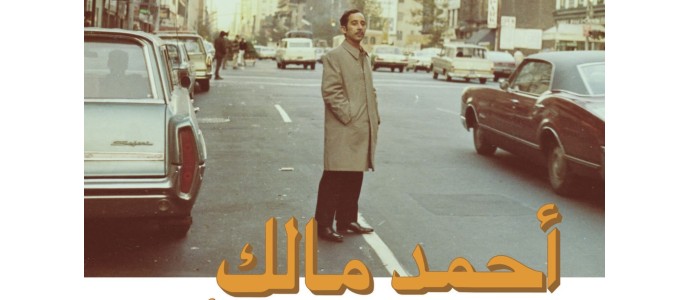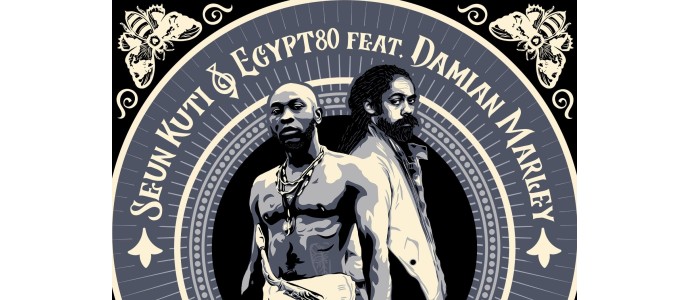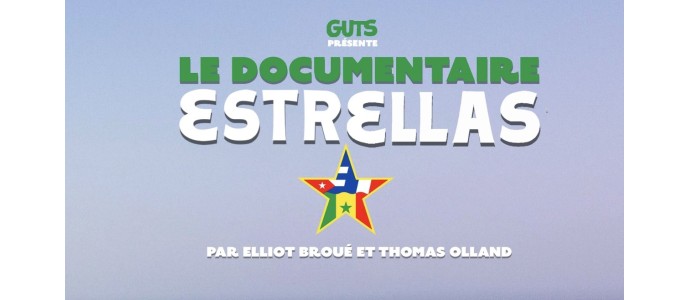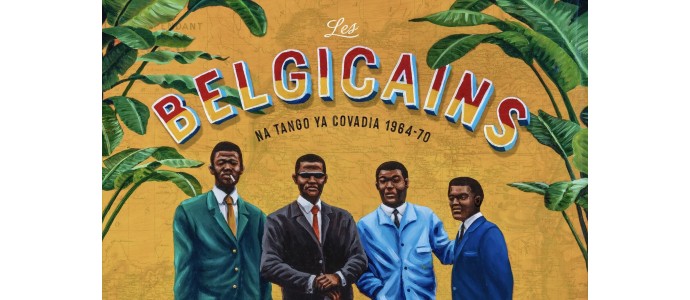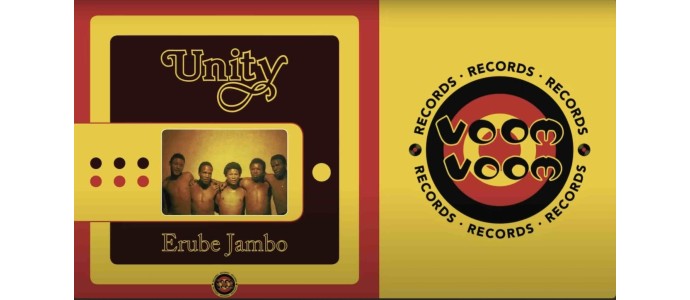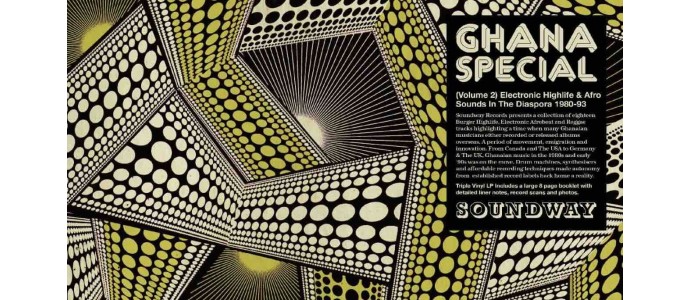Exit To Bolivia - The Complete Travel Guide
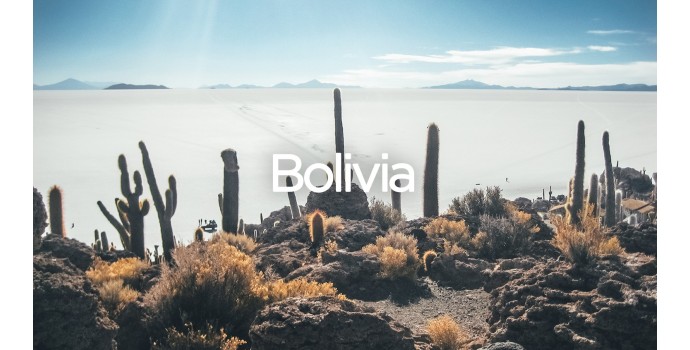
A mysterious land due to its origins of the Inca civilization and both its distant and difficult access side, Bolivia fascinates many travelers who enrich themselves with each step that makes it up. A country rich in pre-Columbian, colonial and current history, but also and above all for its natural wonders such as the Salar de Uyuni, and where everyone will find what they are looking for, whether facing Pachamama or in the warmth of its inhabitants. Mandatory passage in case of a world or tour of the continent.
Budget: $ 30 / € per day
Currency: 1 € / 1US $ = 100 B $ (bolivianos)
Visa: No visa, 90 days for most passports.
Sleep: 10-60 $ / € bed in dormitory / correct double room
Transport: $ / € 15 for a Bs.As / Bariloche coach.
Food: Parilla (Grill), Empanadas, Locro, Choripan, Mate, Dulce de leche, alfajor
Weather: Hot from November to May, cold from June to October.
Religion: Christianity for the great majority, syncretism, Judaism.
The people: Argentinian of European origin, The Diaguitas, The Mapuches, The Guaranis and many others.
Music: Tango, Argentine Folklore, Milonga, Chamamé, Chacaréra, Zamba, Cumbia Argentina,
Language: Spanish, Quechua, Guaranis, Aymará, etc ...
Glossary:
Hello Buen dia
How is it going ? Todo good?
Good and you ? Todo bien y vos?
Please Por favor
Thank you (Muchas) Gracias
Goodbye Adios
** ROUTE TIPS **
Like in all of our articles, we try to imagine a more or less coherent route that allows both to see the most important places of the country while maintaining a logical route for travelers who want to get from point to another. We usually enter in Bolivia from the North of Chile at the Salar de Uyuni or from the South East of Peru to the Lago Titicaca, so we offer here an itinerary going from the first place to the second through several stages in no order of preference. or importance. Everyone is free to adapt their course according to their position and their desires.
** TRANSPORT TIPS **
As everywhere in South America, the best means of transportation are coaches, whose seats recline almost completely to sleep comfortably. The distances between cities being long, and the roads sometimes very bad, prefer overnight trips which will save you hotel nights and which you will arrive at your destination the next day in good shape.
Salar de Uyuni (2d): Cementenrio de Tren, Hostel de Sal, El Salar y la Isla del Pescado
So we start here with THE MUST DO in Bolivia, its main activity and a top 10 in South America, see a top 5, (see a top 3!): The famous Salar de Uyuni, the largest salt desert in the world. On your arrival in the village of Uyuni, take advantage of your tour to find your excursion agency at the Salar among the many on offer. The village, small and very pleasant to visit, has no significant monument but a gentle atmosphere reigns there and we appreciate this relaxing side cut off from the world. The excursions last a day at the Salar but you can also camp there to see it at night, and several sites are to be seen: El Cementerio de Tren, El Hostel de sal and the Salar de Uyuni itself with its view in the distance on the mountains. mountains, breathtaking, sumptuous, one of the most beautiful things you will see. In the middle of the Salar is the Isla del Pescador on which you can make an offering to the Pachamama. Enough to gain height! You should know that the Salar was, thousands of years ago, a real lake, and all of the minerals from the mountains surrounding it have been concentrated here over the centuries, imprisoning this island and therefore allowing us to walk on it. Exciting therefore, unavoidable. Excursions are possible there by 4X4, motorbikes, mountain bikes, or by airplane if you come from La Paz to fly over the various sites of Bolivia.
Potosí (2d): The mines of Cerro Rico - Casa Nacional de la Moneda - Covento de Santa Teresa.
In the Altiplano region, Potosí can be an interesting stop between Uyuni and Sucre but steeped in tragic history. It is the highest city in the world (4070m), located near Cerro Rico (Mont Riche) and was in the 17th century one of the most important cities in South America for its financial strategy. Indeed, the Spanish Empire took up residence there after discovering important silver mines which made its fortune to the detriment of many Amerindian lives. Today you can visit the mines of Potosí, equipped like a worker, and thus discover the working conditions of the miners. The city itself can be visited in a day, first for its center with its colonial style, but above all for La Casa Nacional de la Moneda, a massive building where the coins for most of North America were minted. South and in which are also exposed many works of religious art. You can then go to La Cathédral and the Convent of Santa Teresa to discover the way of life of the nuns of the time.
Sucre (2 / 3d): Plaza 25 de Mayo, The Cathedral, Mercado de Sucre, La Recoleta, Casa de la Liberdad, Parque Simon Bolivar.
Sucre is one of the two capitals of the country and yes, there are 2. Two or three days will be enough to discover the relaxing atmosphere of the "white city" which rises to 2780m and chill there to regain your strength. Stroll through its city center, Plaza 25 de Mayo with colonial architecture and enjoy its splendid Cathedral, the mercado de Sucre, typical and stopped in time and take the height to the Mirador de la Recoleta to have a view panoramic view of the city and its mountains. At sunset, this is a must! Take the opportunity to visit the Convent of Recoleta. Still in the city chill, meet at the Casa de la Libertad, a superb building where the country's independence was declared in 1825, as well as at Parque Simon Bolivar. The atmosphere in Sucre is sweet and really, it will give you the strength to start again. Samaipata - El Fuerte - Serraní de los Volcanos - Parque Amboró. Samaipata is a small village 120km west of Santa Cruz located at an altitude of 1670m and was long inhabited by the Chiriguaros Indians before being taken by the Spaniards in 1618 who kept its original Quechua name Sabay Pata (= altitude rest). A few km away is El Fuerte, an Inca fortification classified as a World Heritage Site by UNESCO and which once served as an administrative center ensuring their control in the region. The village is located near the Serranía de los Volcanes (the chain of volcanoes) and is also the starting point for Parque Amboró which will be of interest to bird lovers.
Cochabamba: La Cancha, El Christo de la Concordia, Plaza 14 de Septiembre, Palacio Portales - Parque Nacional ToroToro - Incallajta.
Next destination, the city of Cochabamba in the province of Cercado at an altitude of 2570m. Here you can hang out in the largest open market in South America at La Cancha, open every day, where you will of course find fruits and vegetables but also crafts and unusual objects. You will see in Cochabamba El Christo de la Concordia, a statue of Christ the Redeemer just like the Corcovado in Rio de Janeiro, but taller still making it the tallest in South America. You can reach it by the 1250 steps of San Pedro hill but we recommend the cable car to Avenida Heroinas, which is safer. At the top you will enjoy a panoramic view of the city and the Cordillera. Chill out at La Plaza 14 de Septiembre to enjoy its vibe and its colonial architecture as well as El Palacio Portales, one of the most beautiful palaces in the country built by the French architect Eugène Bliault and where General de Gaulle is said to have stayed during his visit in 1964. 5 hours from the city is the Parque Nacional ToroToro which is known for its 4000 footprints of dinosaurs belonging to 8 different species and all in excellent conservation. There are also many caves, a very diverse fauna and flora and all departure for the park is from the village ToroToro. Take a guide there to visit this huge park that will show you all the important points including ToroToro Canyon and its El Vergel waterfall. Incallajta, an archaeological site 2 hours from Cochabamba, was founded by Emperor Tupac Inca Yupan and was once a military fortress and an Inca political center, the ruins of which still show us some traces of their activities in the region. To be done with a guide preferably.
Trinidad & Santuario Chuchini
Small detour for those who want to see the El Santuario Chuchini nature reserve. You will first have to go to the city of Trinidad by bus (or plane (52US $) which can be much faster or safer depending on the state of the roads), and then directly continue to Chuchini Eco Lodge which will offer you several activities. in this part of the Amazon jungle. Boat tours on one of the Amazon rivers, where you will see monkeys, piranhas, caimans and more than 300 species of birds. Their site for more information: https://www.chuchini.org/
La Paz (5d): Mercado de las Brujas, Calle Jaén, Plaza Murillo, Calle Sagarnaga - El Camino de la muerte - Valle de la Luna - Tiwanaku.
Here we reach the administrative capital of the country, La Paz, from its 3640m altitude. The city is not extraordinary from an architectural point of view, but it is its "hard-hitting" side that makes its charm. Stroll through the Mercado de las Brujas (Witches' Market) where you will see herbal medicines, superstitious objects and other mummified llama fetuses. Calle Jaén is one of those rare streets from which we can perceive the cultural heritage of the Spaniards who settled here in 1548 the town of Nuestra Señora de La Paz (Our Lady of Peace). Several museums are located there such as the Muser Nacional de Arte, the Museo Litoral and the Museo de Instrumentos Musicales (or Museo del Charango). At Plaza Murillo you will find the Presidential Palace, the National Congress and La Paz Cathedral ??? and finally go to the Mirado Kili Kili to admire a panoramic view of La Paz which is a spectacle in itself, surrounded by its mountains. At Calle Sagarnaga you will find many agencies to take you mountain biking on El Camino de la Muerte which was previously the most dangerous road in the world. They have guides and the necessary equipment to make you have a blast. There are also excursions to La Valle de la Luna 10km from La Paz which are worth a day hike on the trails of the park as well as to visit the ancient ruins of Tiwanaku, The City of the Sun, 2 hours from the capital. . The Tiwanaku are according to researchers one of the most important pre-Inca civilizations in the region established between AD 300 and AD 1000, of which this site was their capital.
Copacabana & Lago Titicaca (3d)
Last stop of our tour of Bolivia, The small village of Copacabana which you will quickly tour and the mythical Lago Titicaca. It is, however, a very charming village where Andean tradition and Catholicism mingle and which is said to be the cradle of the Incas. Visit the magnificent Basilica Nuestra Señora de Copacabana, dazzling with its whiteness and which also includes El Museo de la Virgen. Stroll and land in the small streets of the city as well as on the edge of Lago Titicaca to feel the mystical atmosphere of the region. Calm and relaxation. Before sunset, climb the El Calvario del Inca hill for a crazy view of the village and Lago Titicaca, it is just exceptional and you will have a superb view both day and night. (Watch out for the return!) Take a boat trip on the lake to reach Isla del Sol, the largest of the 36 islands in the lake on which (according to legend) a civilization of Inca warriors was born and whose ruins can be visited. You will then continue to the nearby Isla de la Luna, a sacred place where the princesses who applied to be the wife of the Inca Emperor himself resided. So many myths to discover!
And more :
There are still many sites to discover in Bolivia and if you want even more, you can deviate to the regions of South Lípez with its lagoons and deserts or go deep into the jungle in the east of the country in the region. from Santa Cruz which gives access to the Pantanal or Kempff National Park.
Outro:
Bolivia is a mythical land like many countries in the region thanks to the Inca heritage and you have the feeling of living this time and imagining it when you travel in its lands. Sometimes a destination is difficult to reach, if only for the poor quality of the path taken through these winding roads that you cross day or night. But Bolivia will inevitably mark you by the diversity of the landscapes, the gentleness of its people and its ancestral traditions mixed with Catholicism and the Spanish conquest. Change of scenery guaranteed.
